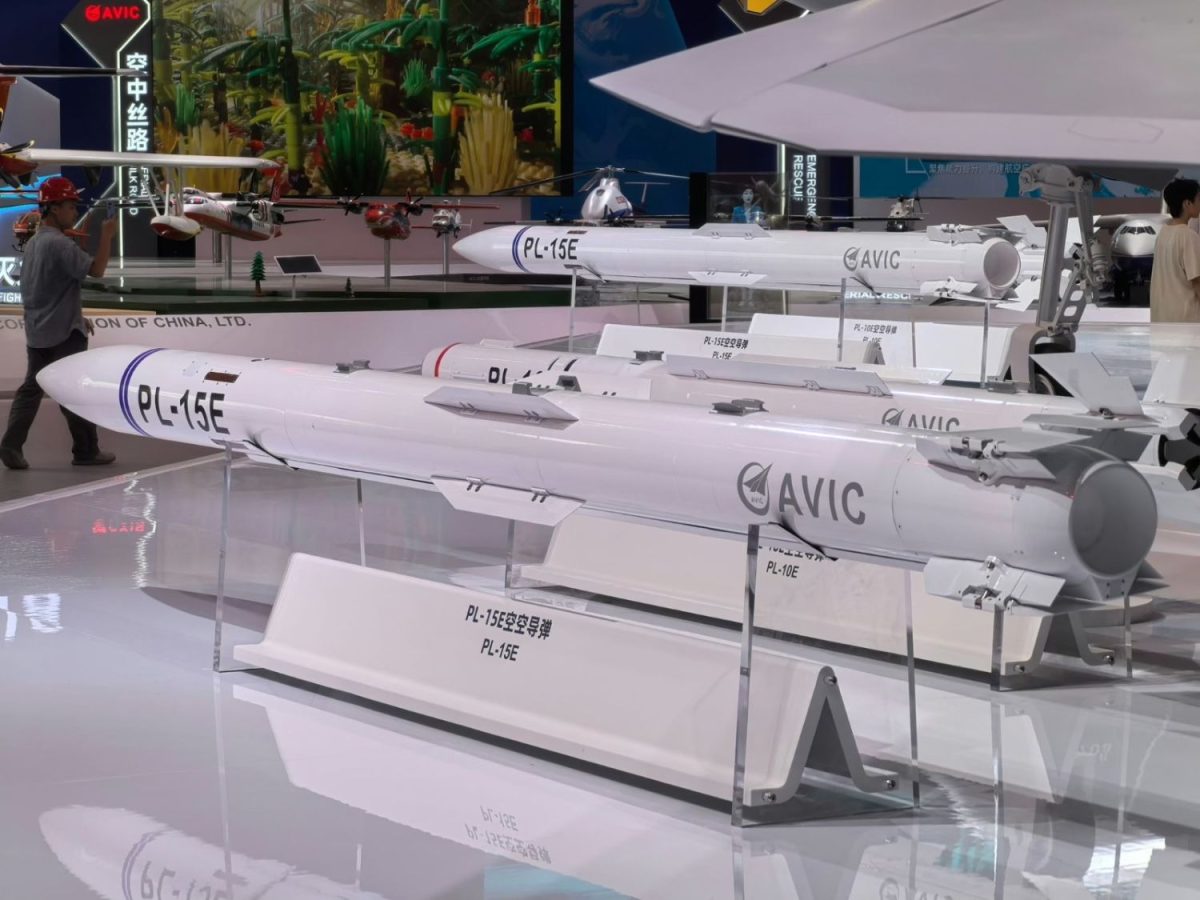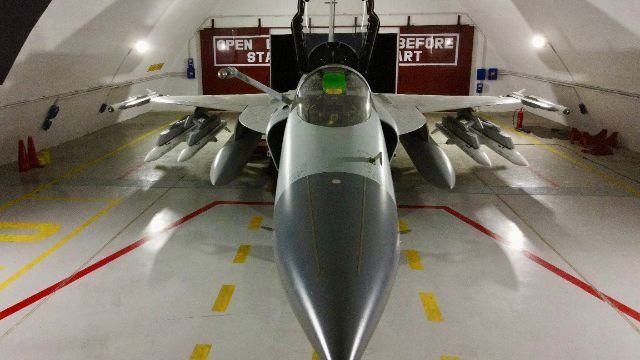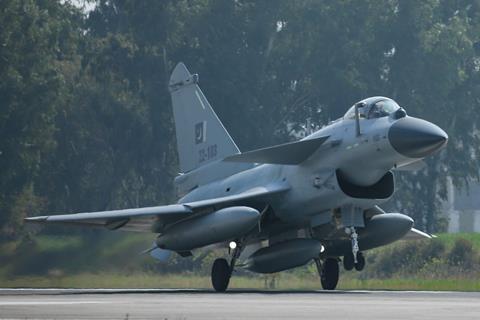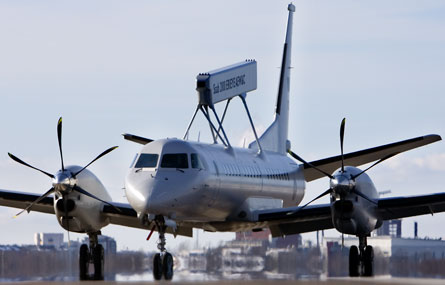Indian Most Modern Fighter Aircraft Fall Victim to Pakistan’s J-10C Text-Book ‘Ambush’ ???
The operation, described as a textbook "ambush," also saw India lose a Mirage 2000, a Su-30MKI, and a MiG-29, with investigators recovering Russian-made K-36DM ejection seats from the crash sites, confirming the aircraft involved.
(DEFENCE SECURITY ASIA) — In what marks their first real-world air combat engagement, Pakistan Air Force (PAF) J-10C fighters, armed with Chinese-made Beyond Visual Range (BVR) missiles and operating under complete “radio and radar silence,” successfully ambushed and downed three Indian Air Force Rafale jets.
The operation, described as a textbook “ambush,” also saw India lose a Mirage 2000, a Su-30MKI, and a MiG-29, with investigators recovering Russian-made K-36DM ejection seats from the crash sites, confirming the aircraft involved.
In a bold and unprecedented disclosure, Pakistan’s Foreign Minister Ishaq Dar claimed that the PAF successfully downed five Indian Air Force (IAF) fighter jets—including three state-of-the-art Rafales—using Chinese-built J-10C fighters armed with PL-15E beyond-visual-range air-to-air missiles (BVRAAMs).
“The much-hyped Rafale jets failed miserably, and Indian pilots proved utterly incompetent,” Dar said.
“Our forces could have taken down 10 or 12 aircraft. But there was a strict order – strike only those that fired,” he said.
Notably, the Rafales were intercepted and destroyed nearly 100 kilometers inside Indian airspace, while the Pakistani fighters remained within their own territory throughout the engagement, highlighting a strategic shift toward stand-off air dominance.
Wreckage analysis revealed that the Indian aircraft were downed by Chinese-made PL-15E beyond-visual-range (BVR) air-to-air missiles, an export variant of the PL-15 with a range of up to 145 kilometers.

The full-strength PL-15, used exclusively by the People’s Liberation Army Air Force (PLAAF), is believed to have a reach between 200 to 300 kilometers depending on launch parameters such as altitude and speed.
Traveling at speeds nearing Mach 5, the PL-15 family employs active radar homing in the terminal phase, giving it exceptional accuracy even against maneuvering or jamming targets.
Indian Rafales were reportedly en route to launch Storm Shadow/SCALP cruise missiles—stealthy deep-strike weapons with a combat range exceeding 550 kilometers—when they were intercepted.
According to sources, the Rafales were only armed with the infrared-guided variant of the MICA missile, which has a range of 60 kilometers, while the longer-range radar-guided version (80 km) was reportedly not carried during the sortie.
Indian crews may have wrongly assumed their distance from the border offered protection, failing to anticipate a long-range strike using advanced BVR missiles from Pakistani airspace.
The PAF J-10Cs maintained total radar and radio silence throughout the mission, leveraging real-time guidance from airborne early warning and control (AEW&C) platforms including the Swedish Saab 2000 Erieye and Chinese ZDK-03 Karakoram Eagle.

As of 2025, the Pakistan Air Force operates nine Saab 2000 Erieye AEW&C aircraft equipped with AESA radars capable of detecting aerial targets at ranges up to 450 kilometers and sharing this data securely across the battlespace.
In addition, the PAF previously acquired four ZDK-03 AEW&C aircraft between 2011 and 2015, built on the Shaanxi Y-8F600 airframe and fitted with Chinese-developed radar suites.
These AEW&C platforms relayed targeting data to the J-10Cs via encrypted datalinks, enabling the fighters to remain electronically silent while still achieving full battlespace awareness.
In modern military aviation, total radar and radio silence involves completely shutting down an aircraft’s radar and communications systems to prevent detection by enemy sensors or electronic intelligence units.
Radar silence ensures that no electromagnetic emissions can be picked up by radar warning receivers (RWRs), while radio silence blocks interception of voice or data transmissions such as Link 16, enabling deep-strike survivability.
This electromagnetic stealth allowed the PAF fighters to remain invisible until their weapons were fired, at which point the missiles were guided mid-course by the AEW&C aircraft.

In the final 20 to 30 kilometers of flight, the PL-15E’s onboard X-band radar seeker activated, locking onto the targets with lethal precision.
The Indian Rafales, despite being equipped with the RBE2 AESA radar with a theoretical detection range of 200 kilometers, failed to detect the incoming threat.
Most analysts attribute this to the PAF jets flying at extremely low altitudes, using mountainous terrain to stay below the Indian radar horizon and exploit blind spots.
Even if part of India’s aircraft losses can be attributed to tactical missteps or insufficient threat anticipation, the encounter underscores a critical evolution in modern air combat.
It demonstrates that supremacy in air warfare is no longer defined by platforms alone, but by the ability to see first, shoot first, and connect faster across a networked battlespace.
Air combat today is fundamentally a struggle for information dominance, where success depends on seamless integration of sensors, shooters, and command nodes via real-time, high-bandwidth data links.
Victory now hinges not on sheer speed or agility, but on persistent situational awareness, coordinated BVR engagements, and the ability to silently operate within contested electromagnetic environments.


Pakistan formally announced the purchase of the J-10C fighter jets from China in December 2021, in what was seen as a direct response to India’s Rafale induction.
The first batch of six aircraft arrived on 4 March 2022 and was inducted into No. 15 Squadron “Cobras” at Minhas Air Base a week later.
Initially ordered in a batch of 25, the J-10C fleet is expected to grow, with reports indicating ongoing negotiations to expand the force to as many as 60 aircraft.
Equipped with AESA radar, advanced electronic warfare systems, and long-range missile capabilities, the J-10C provides Pakistan with a true 4.5-generation fighter that is fast becoming a critical pillar in the PAF’s strategy for regional air superiority.
— DEFENCE SECURITY ASIA


